The rook is one of the most powerful pieces on the chessboard, its significance underscored not just by its wide range of movement but by its strategic flexibility during different phases of the game. In chess, mastering the effective placement and maneuver of the rook can significantly enhance a player's game, contributing both to defensive stability and offensive might. This article delves into the operational abilities of the rook, tactical deployments, and pivotal considerations that could heighten a player's broader chess strategy.
Basic Attributes and Movement
The rook is uniquely placed at the corners of the chessboard in the initial setup, starting on a1, h1 for White and a8, h8 for Black. Characterized by its capability to move horizontally or vertically over any number of unoccupied squares, the rook can control substantial portions of the board when positioned optimally. Unlike bishops that move diagonally, the rook's potential for controlling both ranks (horizontal lines) and files (vertical lines) makes it extraordinarily influential in both attacking and defending strategies.
Strategic Importance in Different Phases of the Game
Opening Phase
In the opening, the rook's role is relatively muted as developing knights and bishops generally takes precedence. However, strategic opening principles aim at quick mobilization of rooks. One common strategy involves 'connecting the rooks'—this happens when both rooks are free from obstructions by other pieces on the back rank, typically following the castling move. This setup enhances the rooks' scope and prepares them for more active participation in the midgame.
Midgame Dynamics
During the midgame, the rook's power becomes more evident. Players often use rooks to dominate open files, exerting pressure on points of entry into the opponent’s position, especially behind the enemy pawns. Control of open files can also lead to penetration into the seventh or second ranks (often called the seventh rank), where rooks can attack multiple targets, including pawns and potentially trapping the opposing king. This can often decide the game in one's favor by harvesting material or creating devastating threats.
Endgame Techniques
In the endgame, the rook's ability to control both rank and file is paramount. One of the key concepts in rook endgames is the idea of cutting off the opposing king. By strategically placing the rook, a player can limit the opposing king’s mobility, effectively making it harder for the opponent to defend pawns or participate in active play. Furthermore, with fewer pieces on the board, the rook's swift maneuverability allows it to fulfill multiple roles – from supporting the advancement of one's own pawns to attacking those of the opponent’s.
Tactical Motifs Involving the Rook
Rooks are integral to several tactical themes in chess. Some common tactics include skewers, where a rook attacks a more valuable piece, forcing it to move and subsequently capturing the piece behind it. Another tactic, the pin, involves the rook restraining an adversary’s piece from moving because doing so would expose a more valuable piece, such as the king. Also noteworthy is the rook lift, where the rook is repositioned along its current file or rank to participate more actively in an attack, often involving an eventual shift to another part of the board to intensify pressure or mount a stronger defense.
Conclusion
Understanding how to effectively deploy and maneuver rooks can vastly improve one’s chess game, making the difference between a beginner and a more strategic player. The rook's broad range, coupled with its ability to influence both the broad swathes and critical focal points of the game, makes it a key player in any chess strategy. From dominating open files and ranks in the midgame to critical endgame strategies, a well-played rook can indeed be a formidable force worthy of detailed study and mastery.
Explore our large collection of luxurious chess sets!


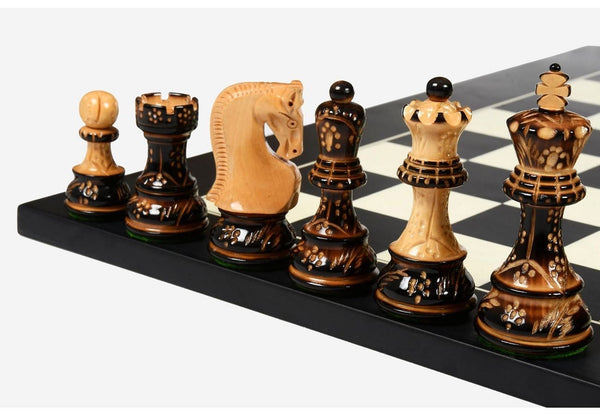
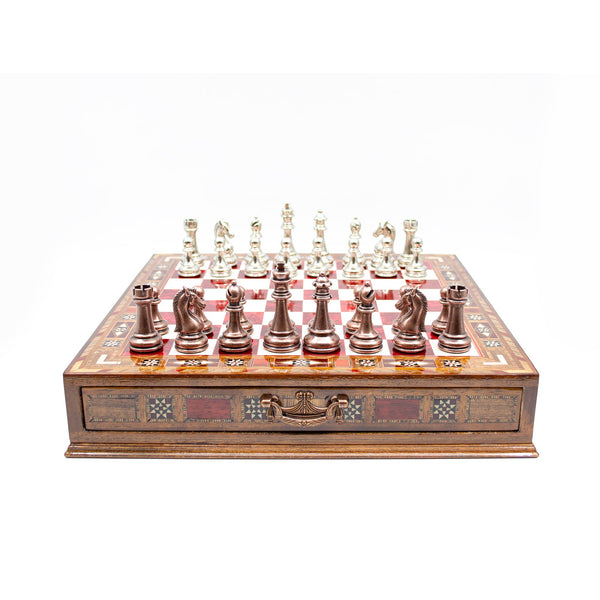
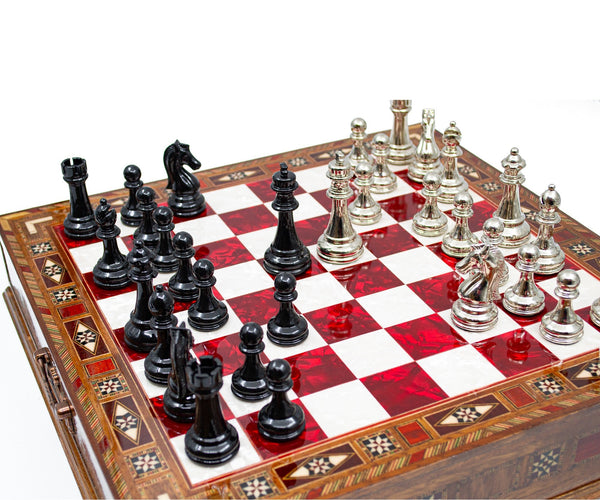
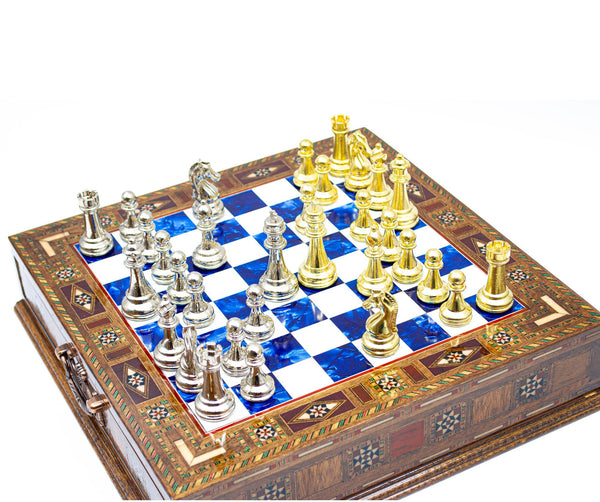
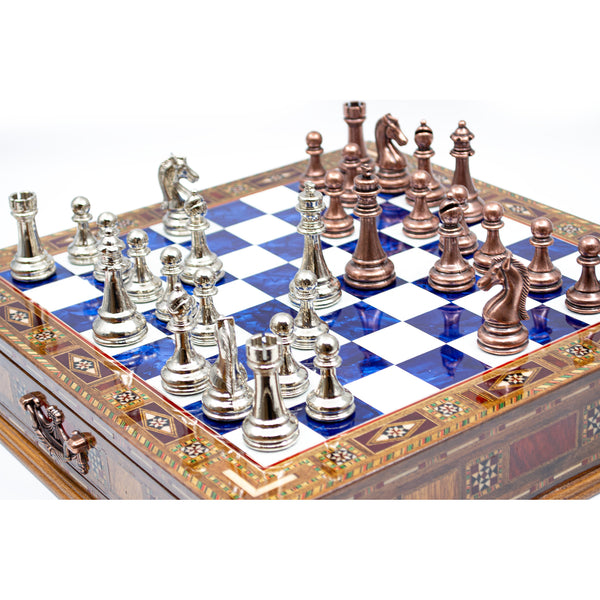
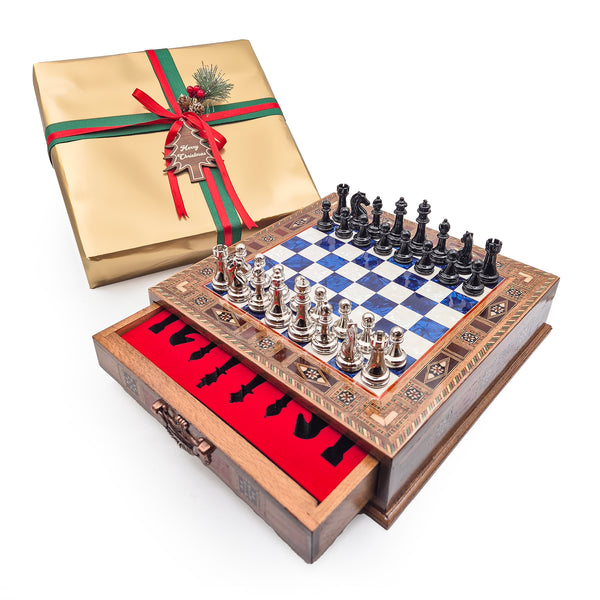







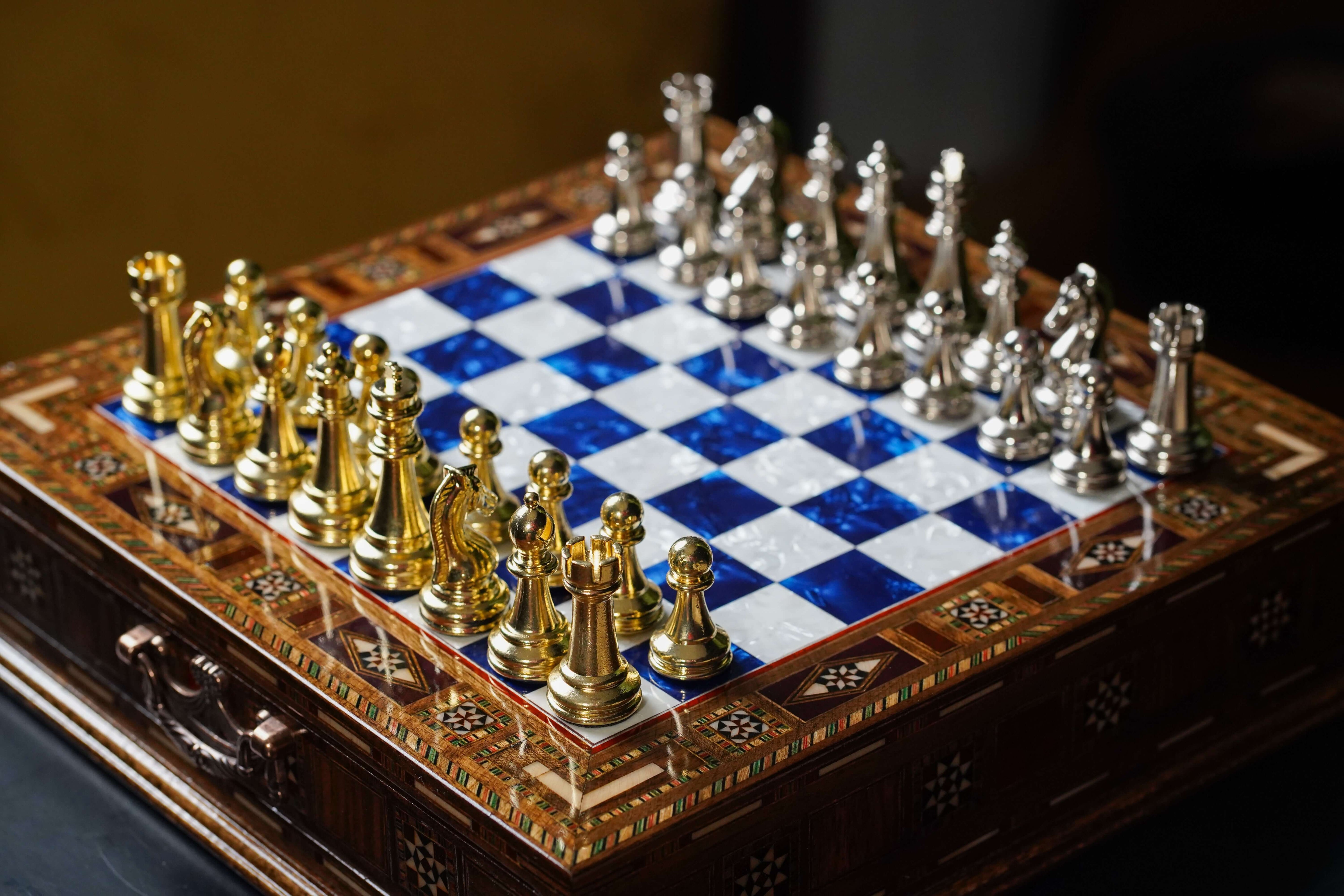
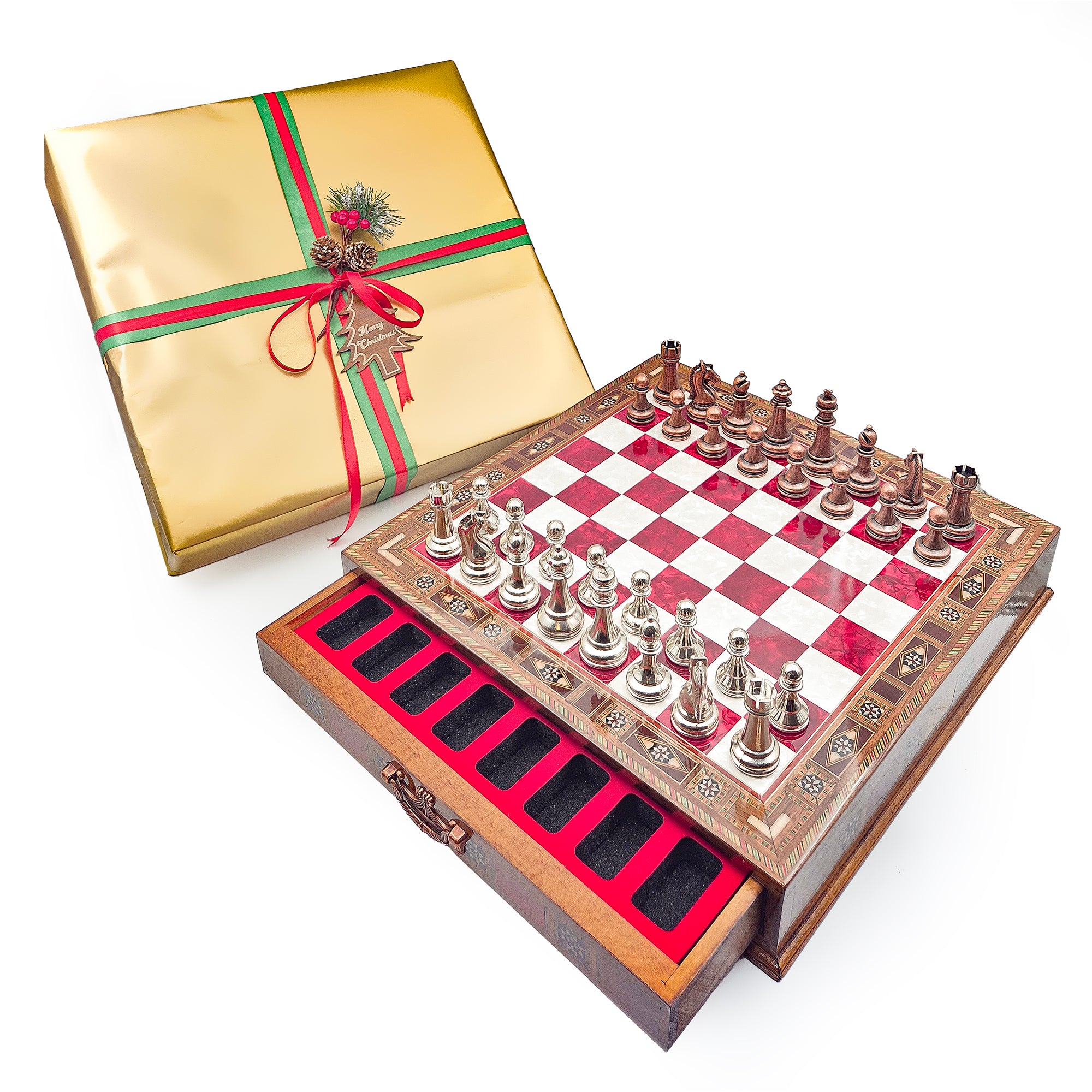
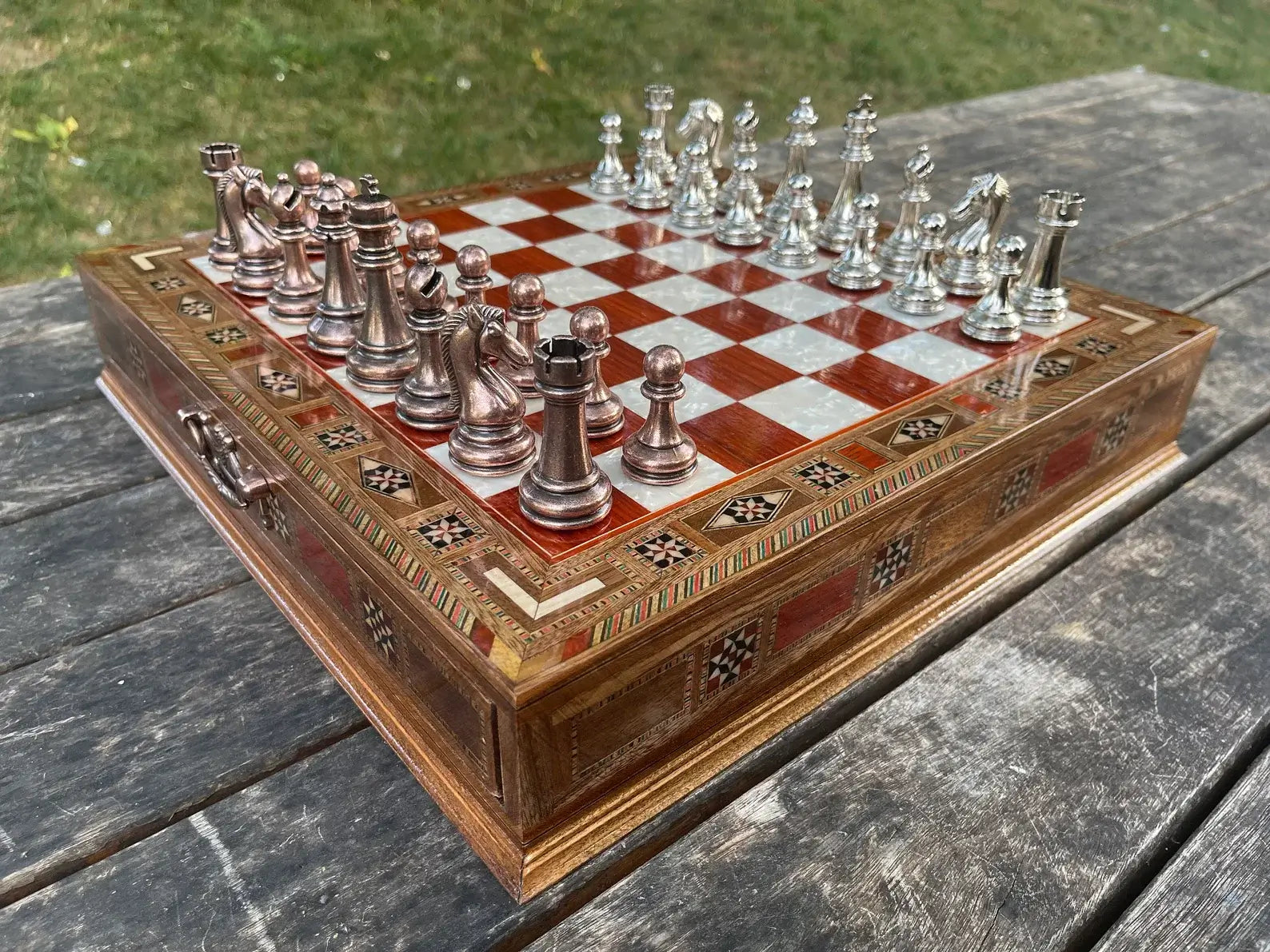
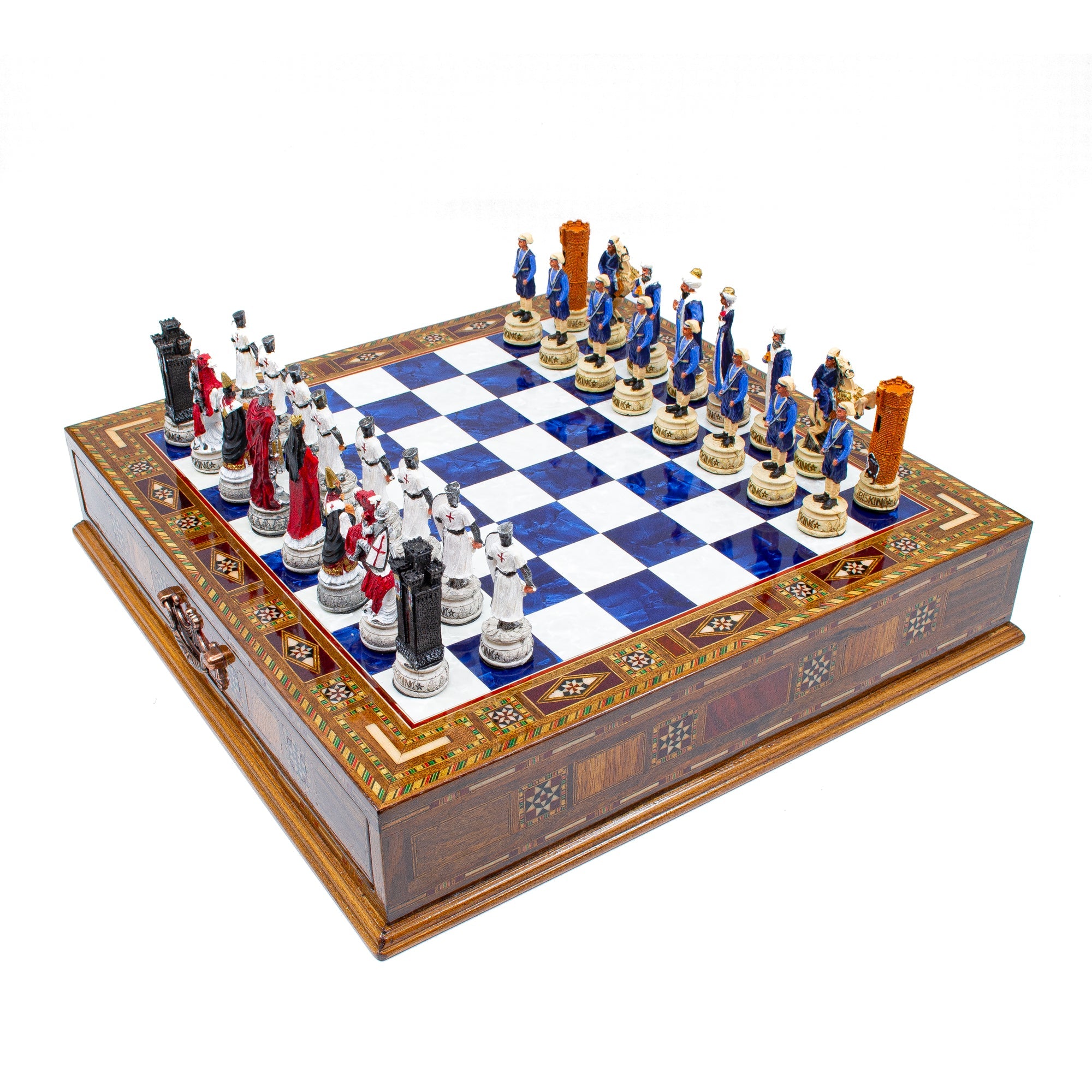
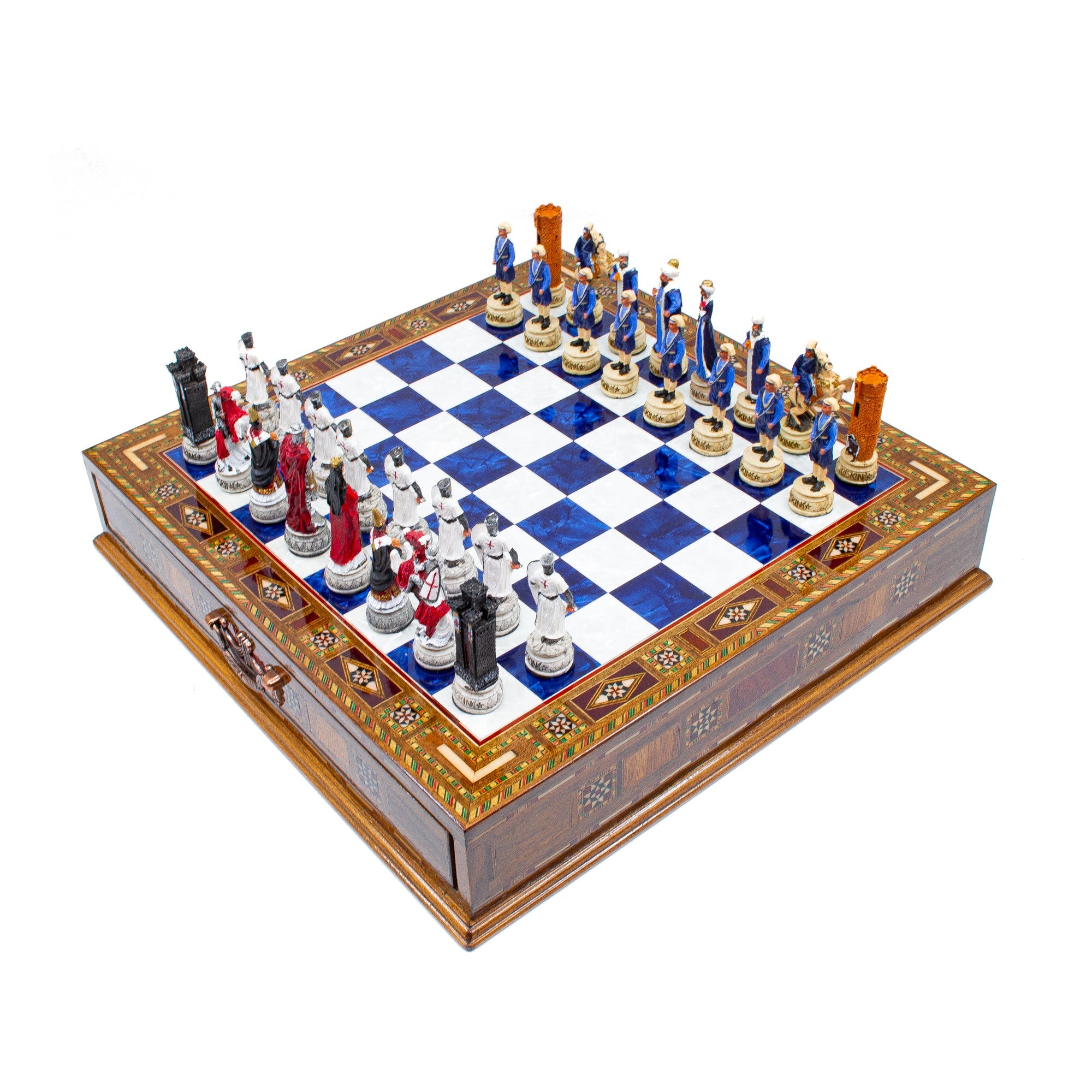
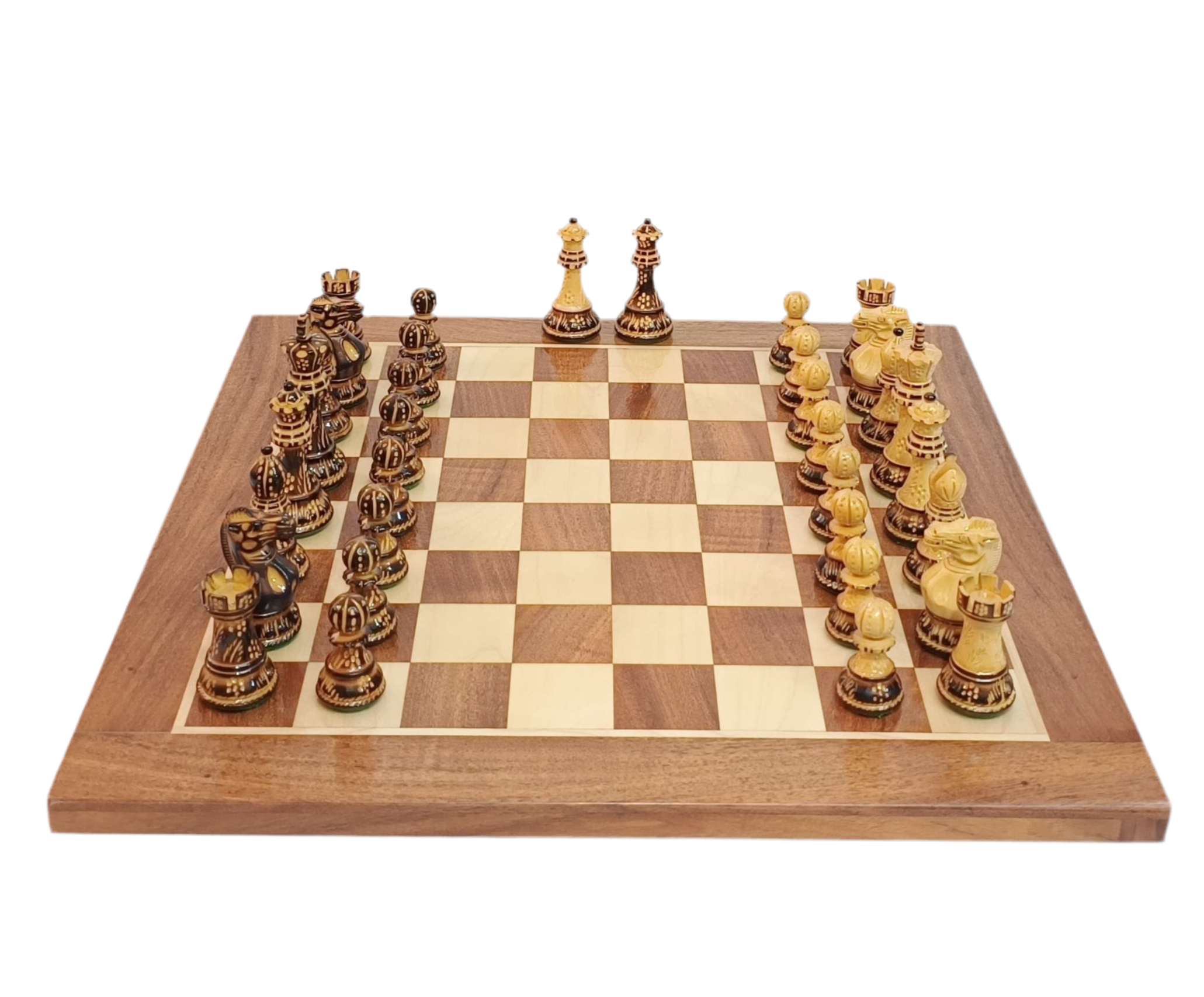
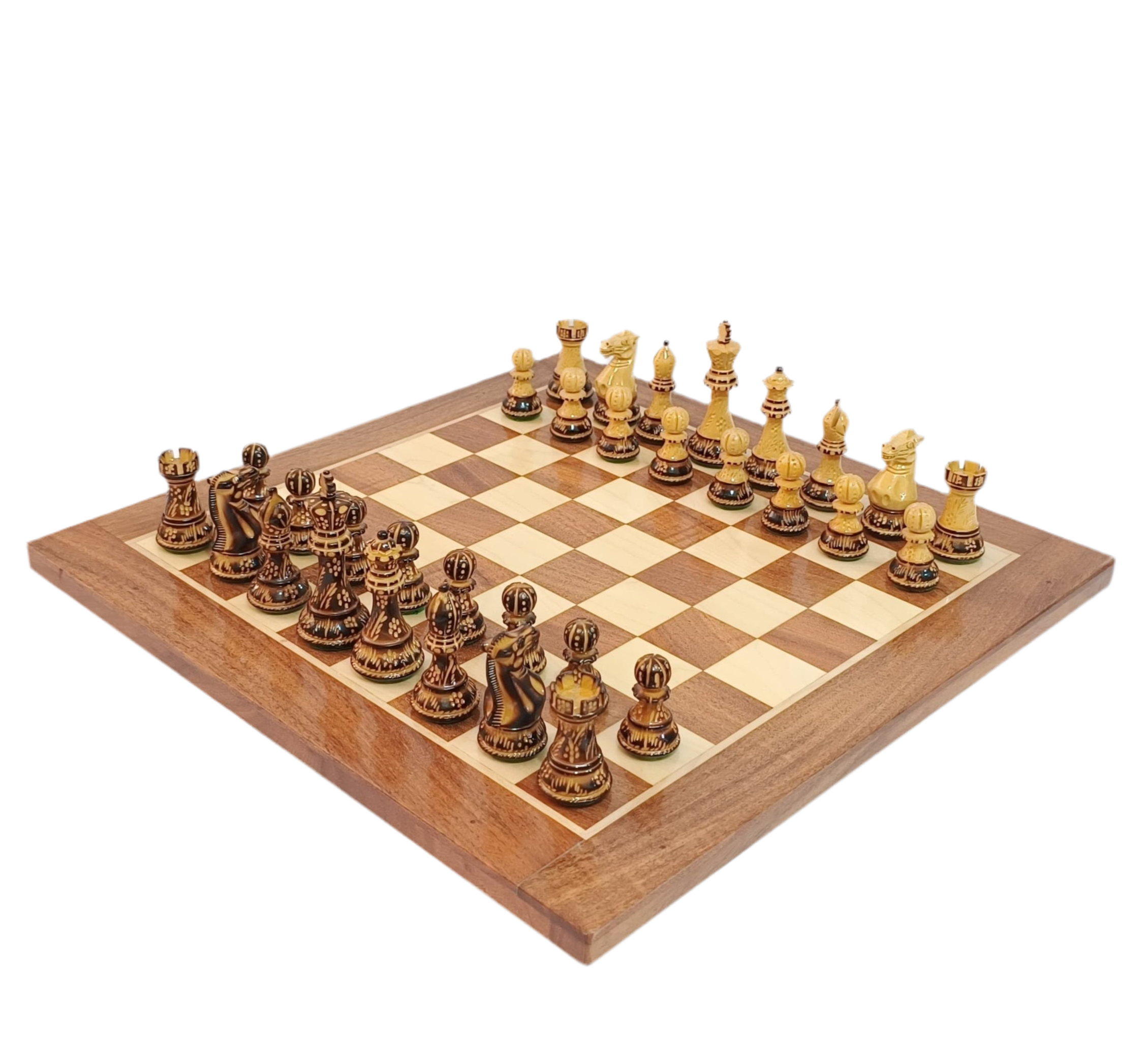

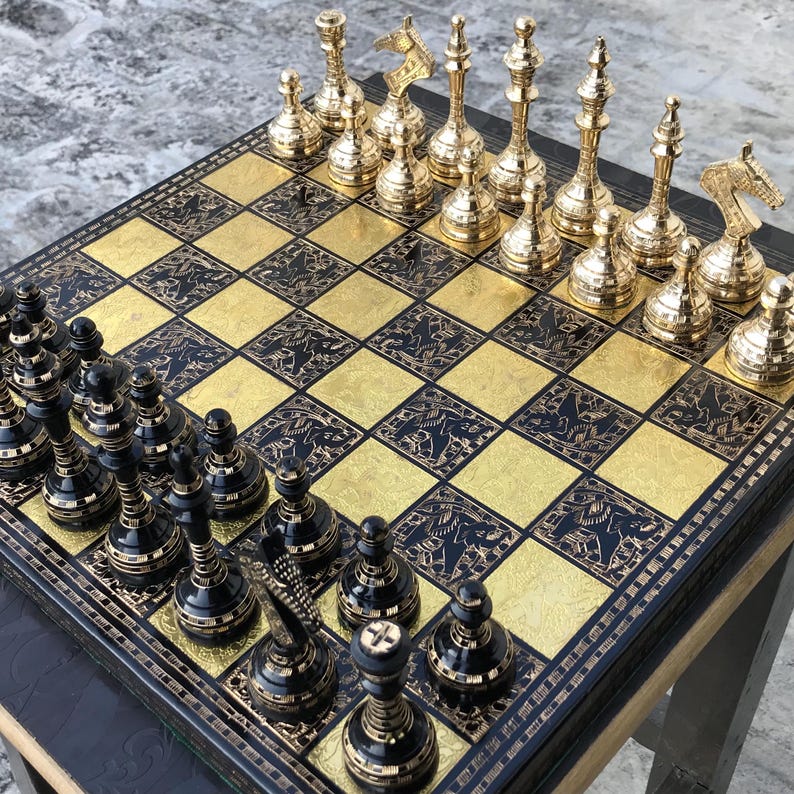


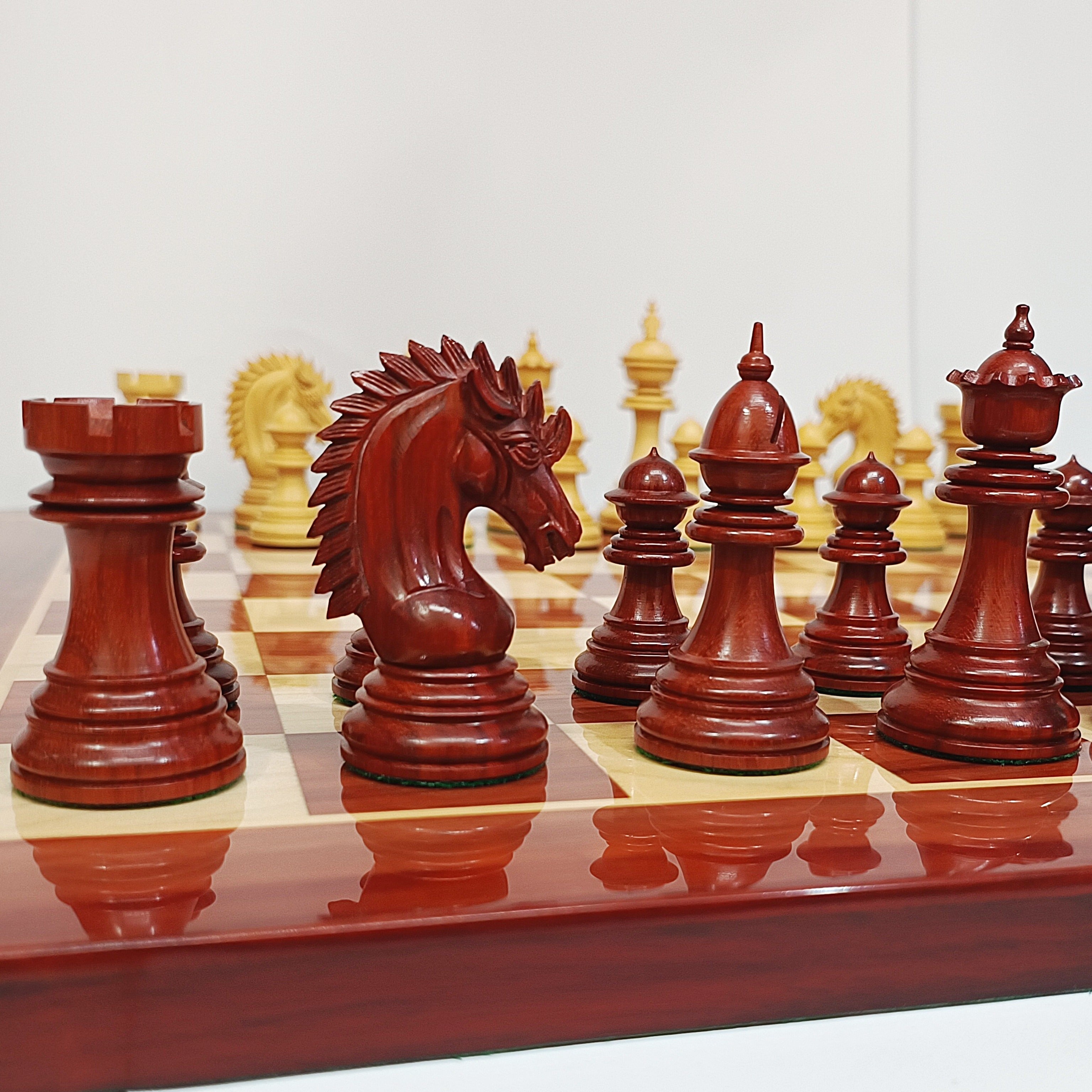
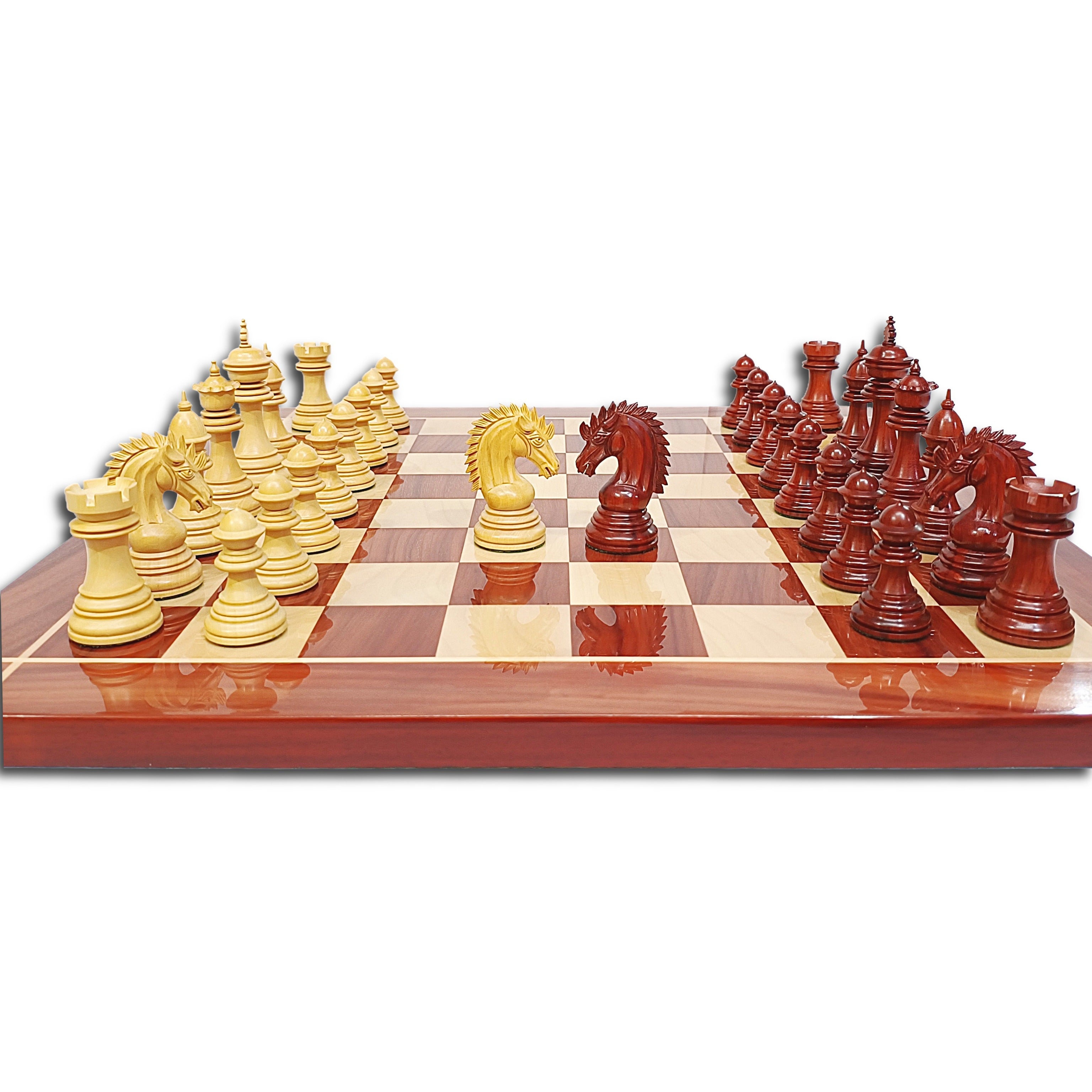

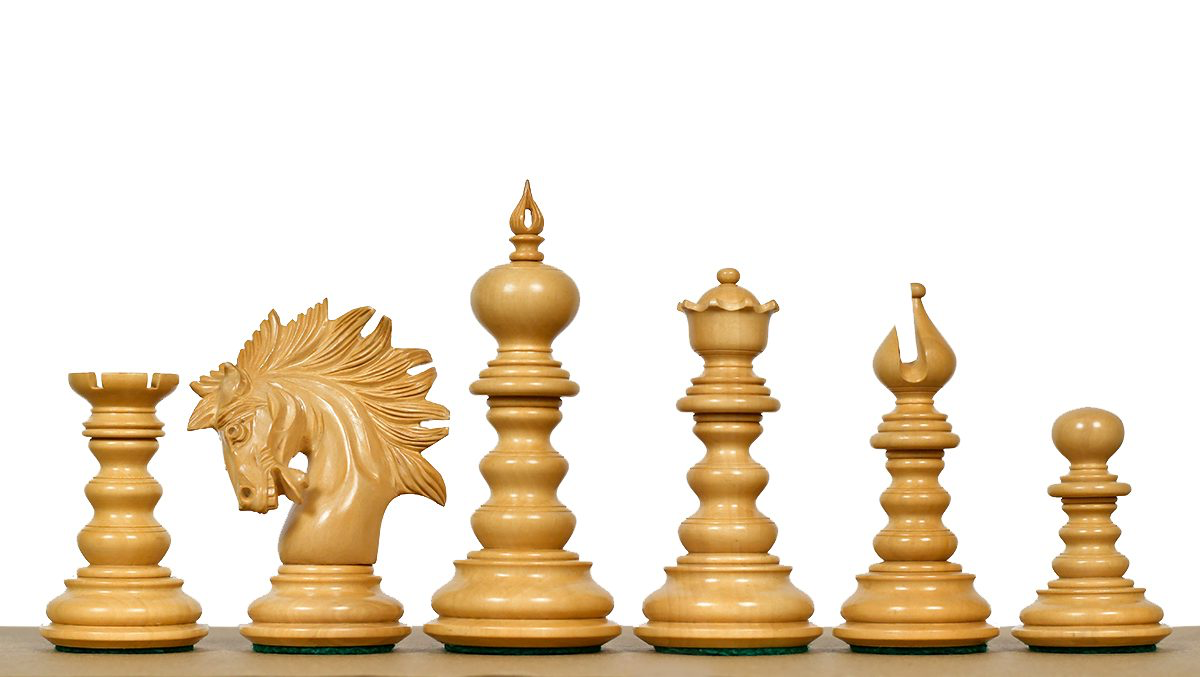
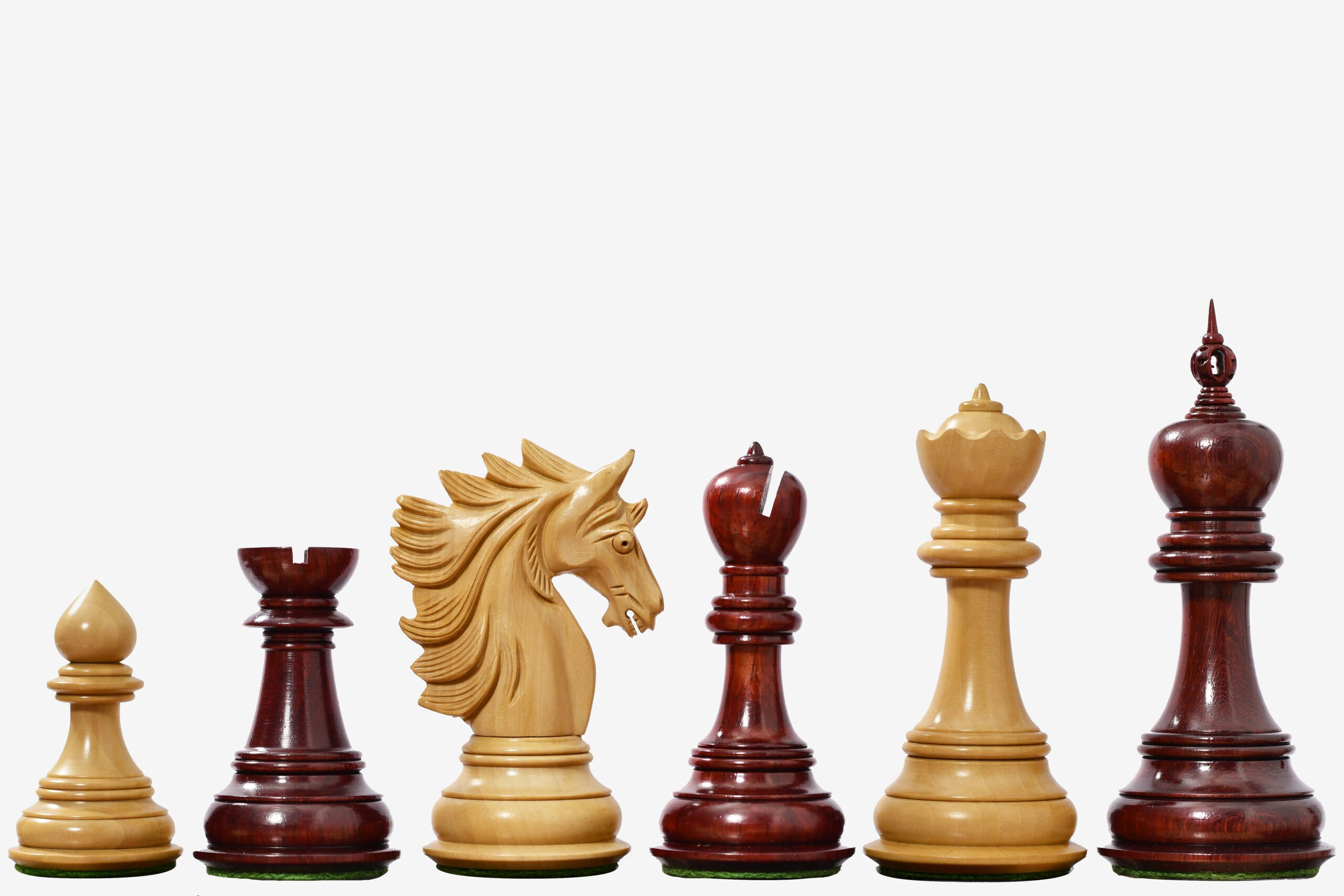
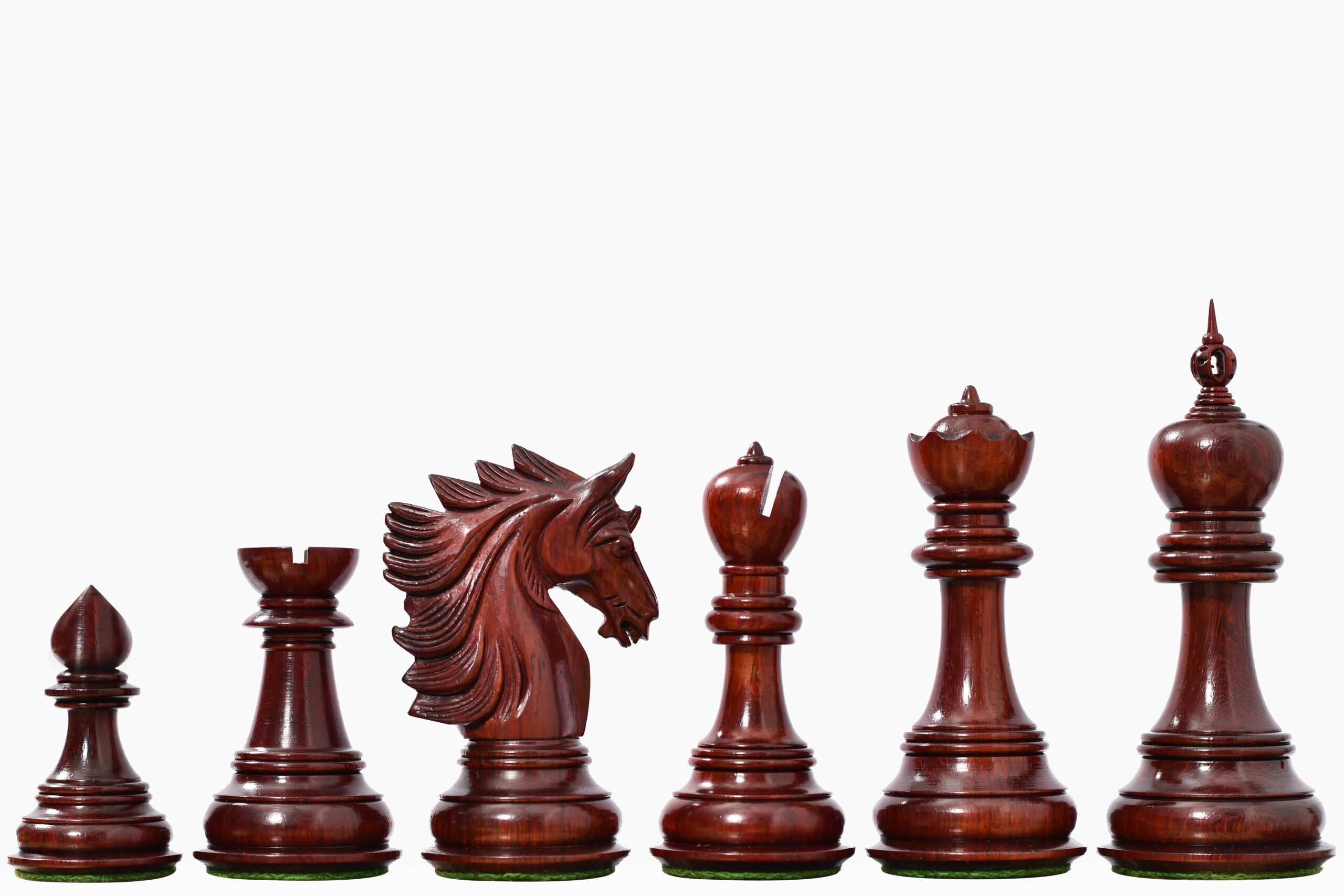
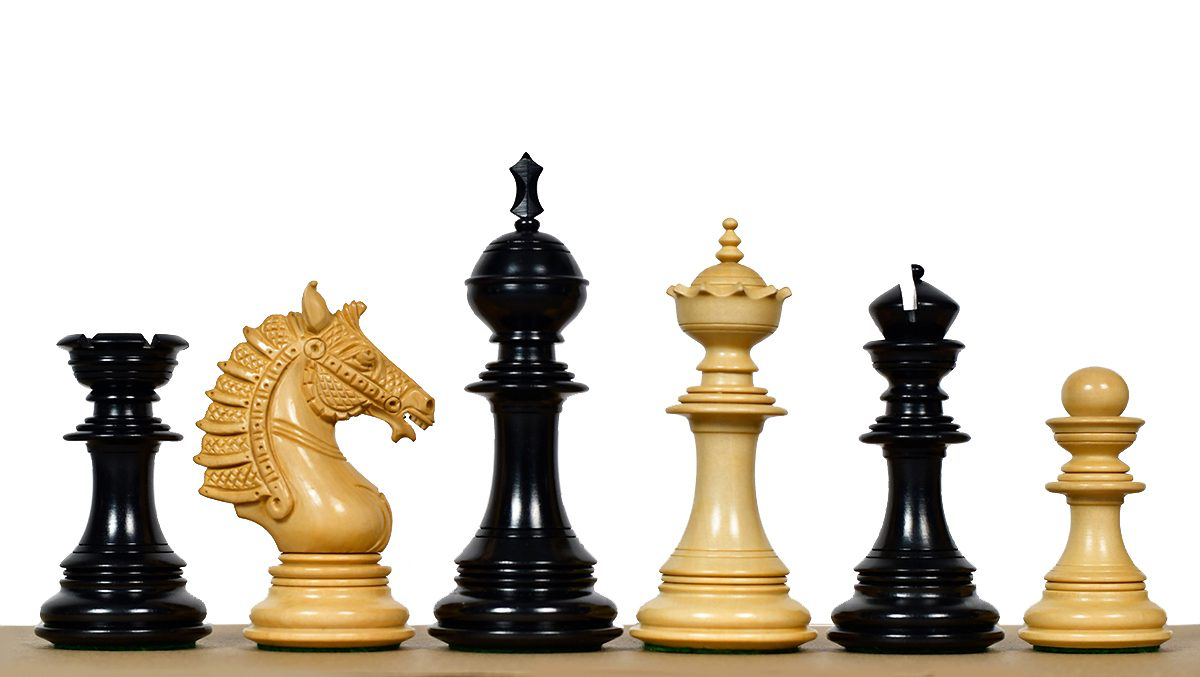
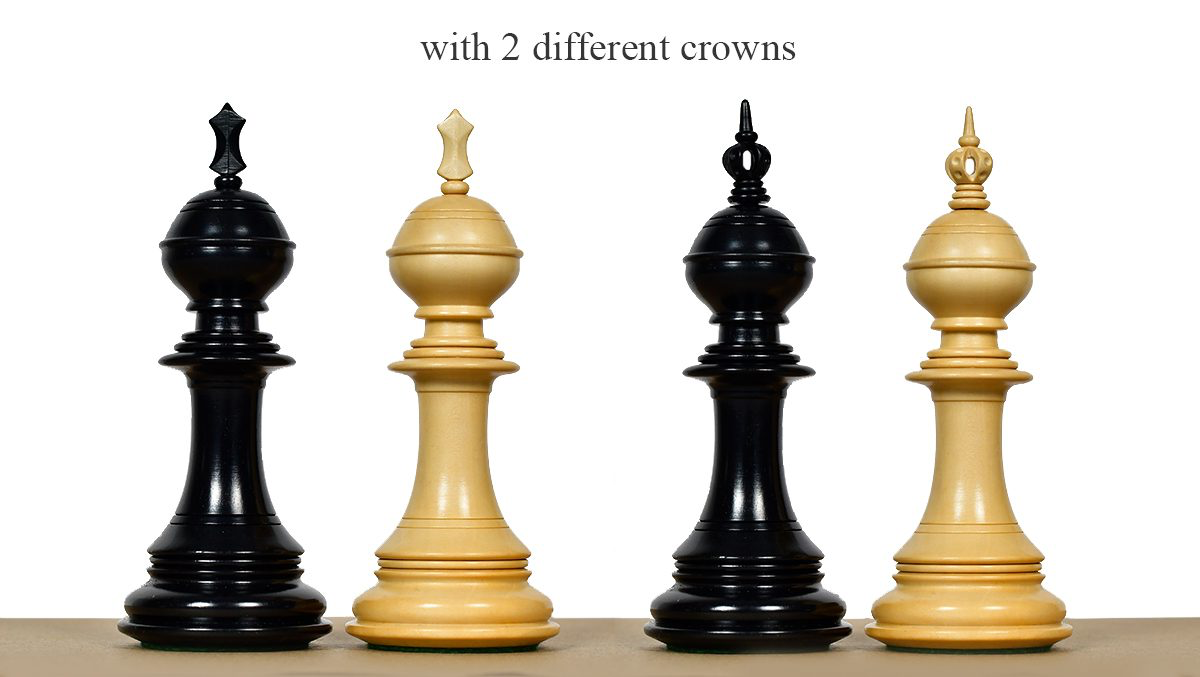
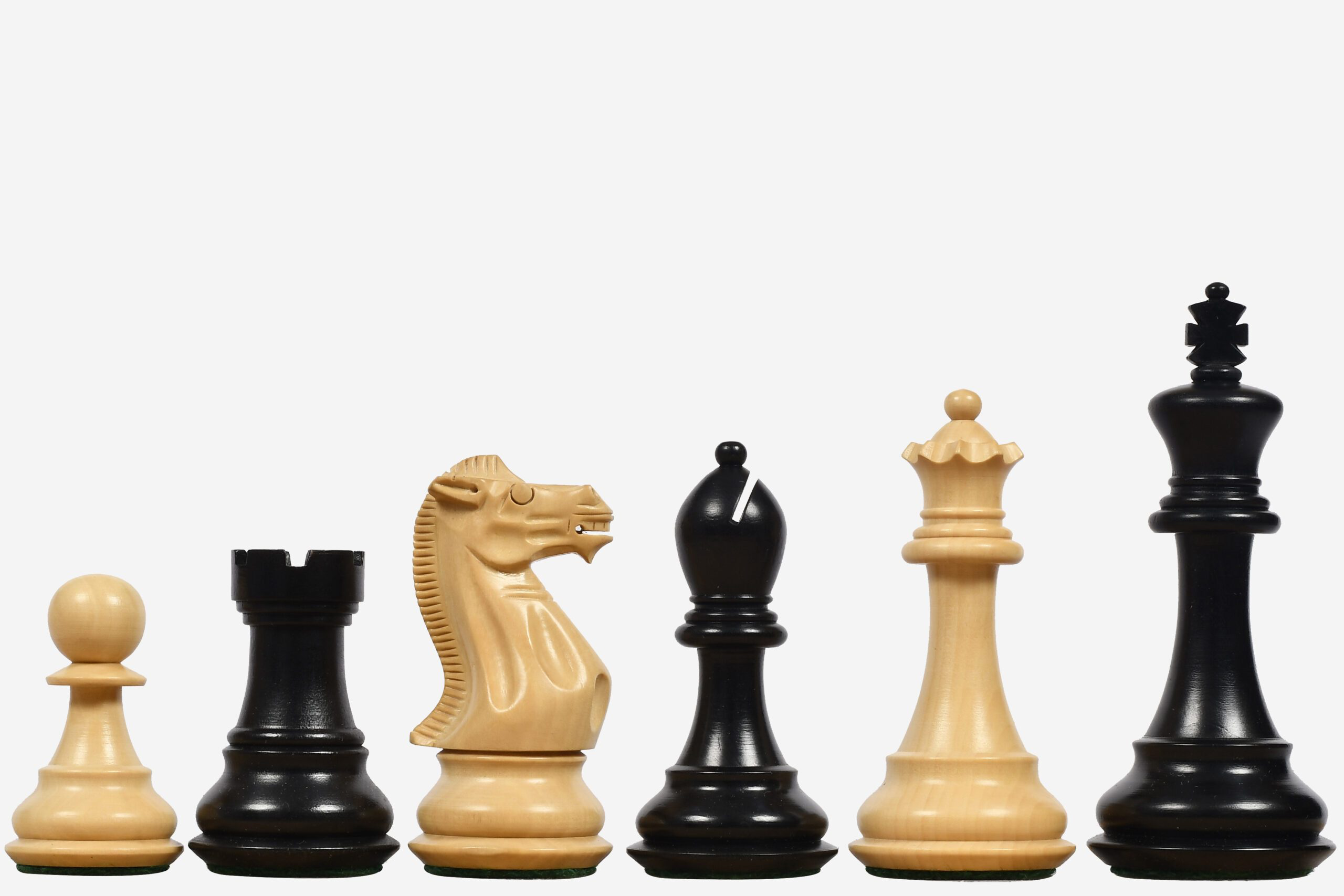
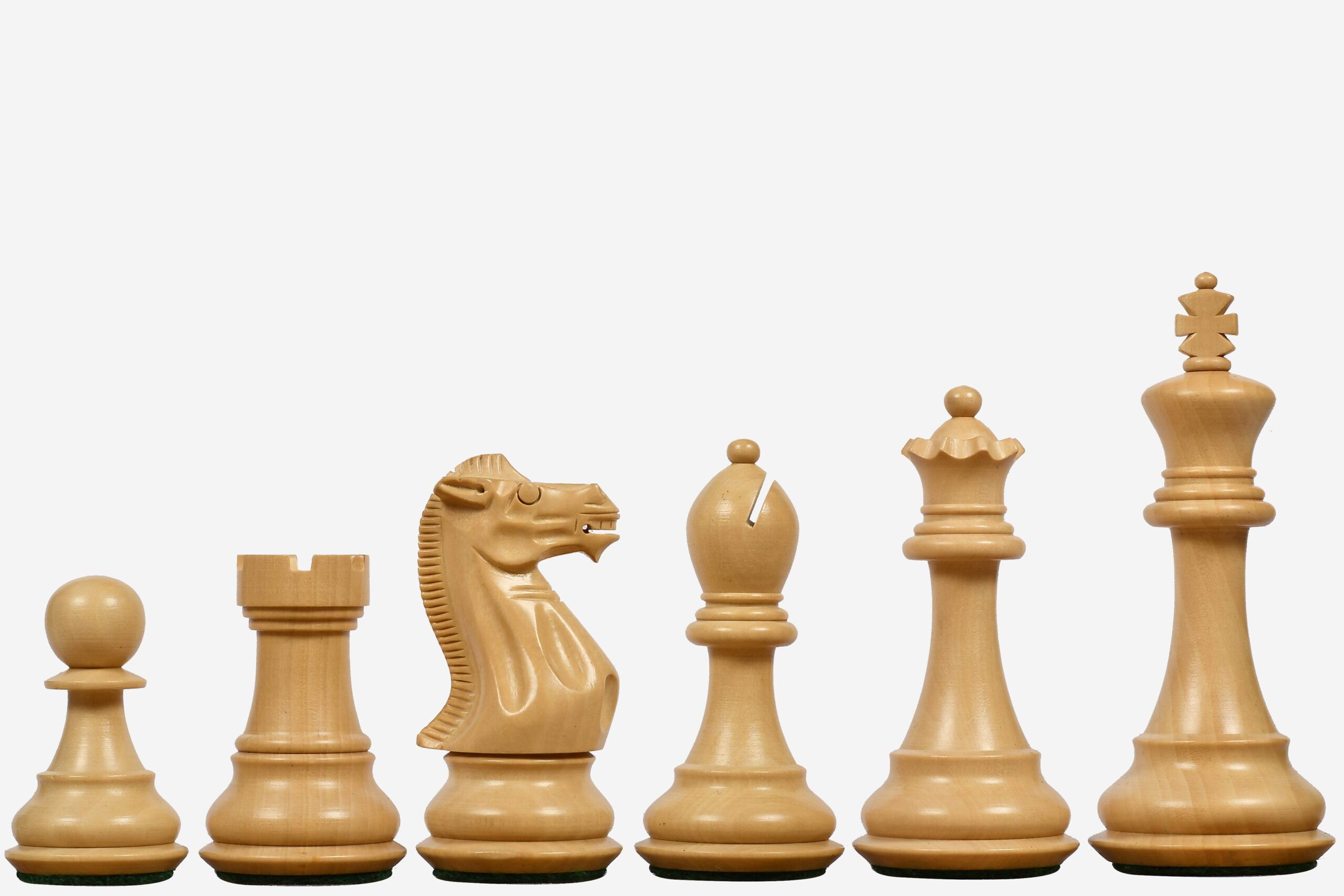
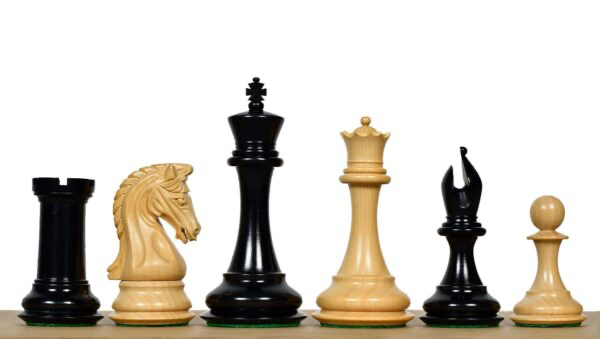
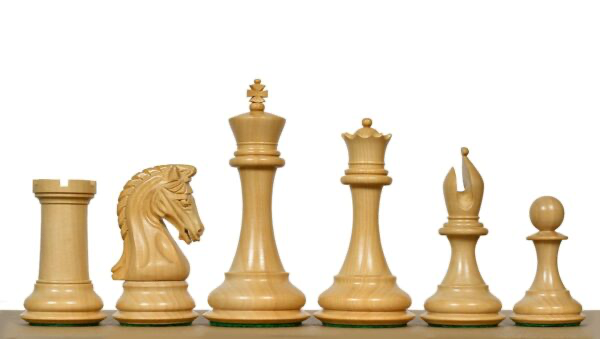
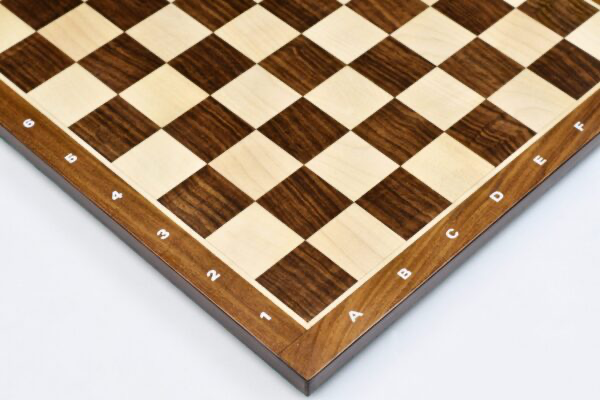
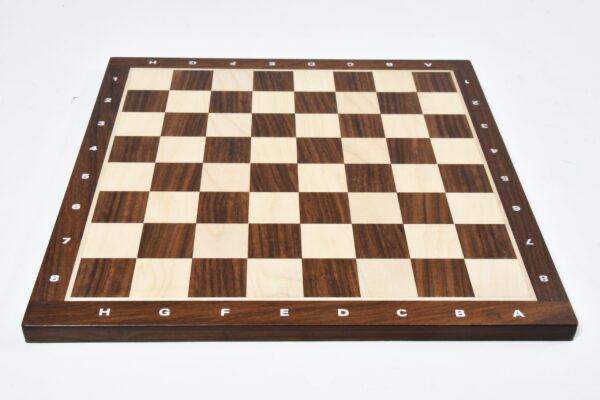
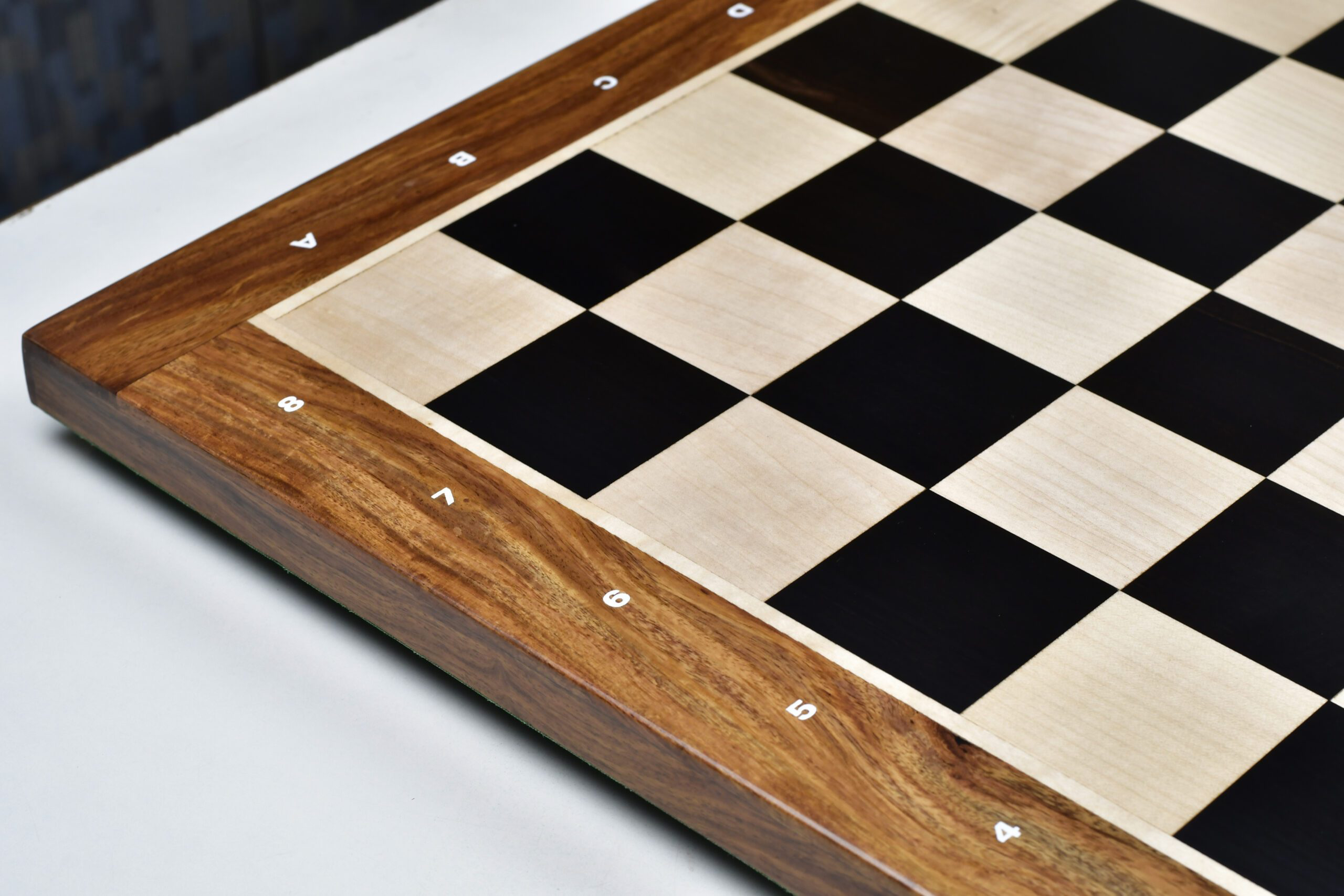
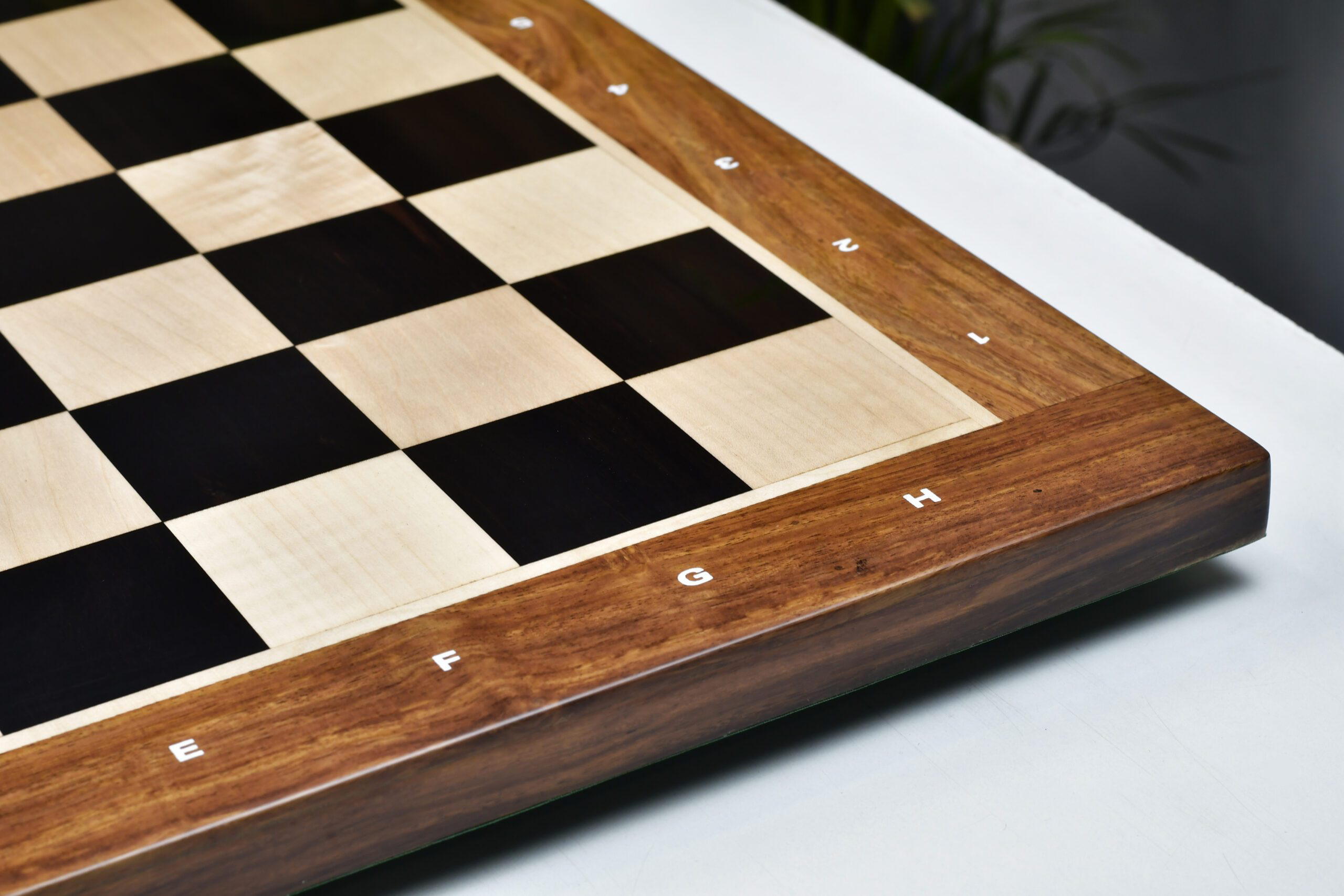


Leave a comment
All comments are moderated before being published.
This site is protected by hCaptcha and the hCaptcha Privacy Policy and Terms of Service apply.